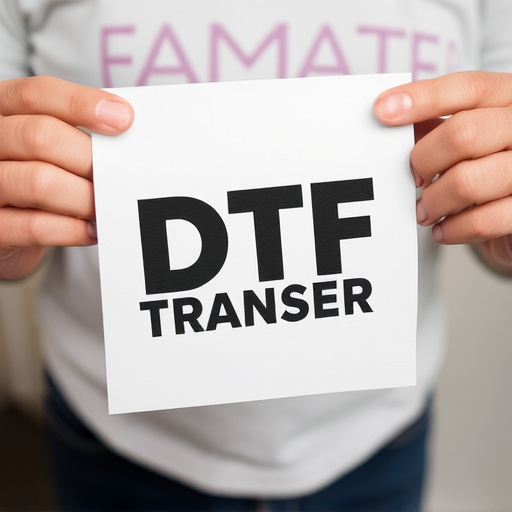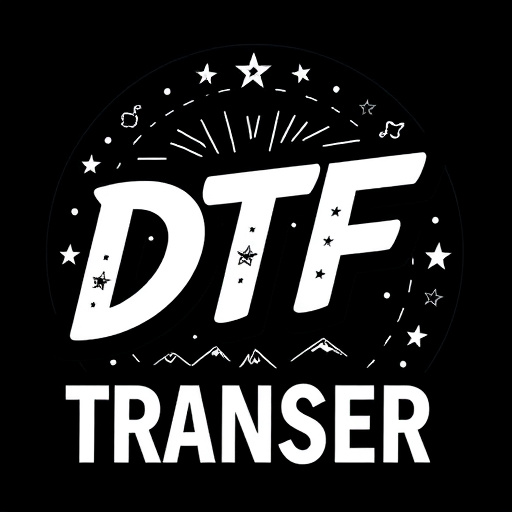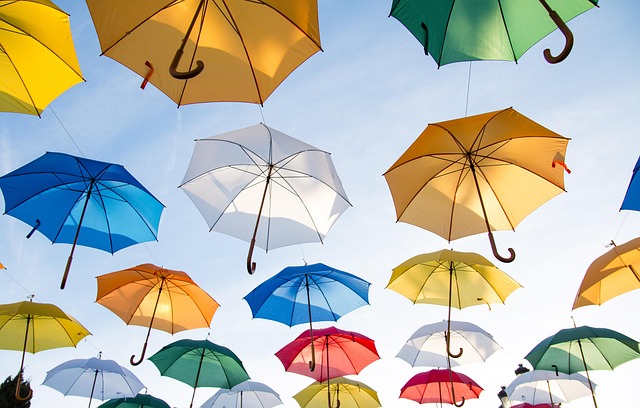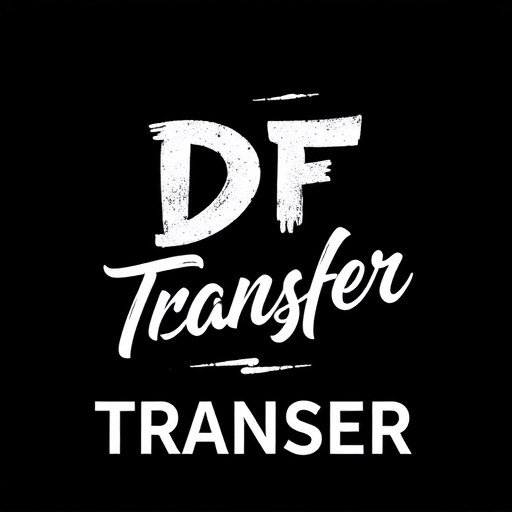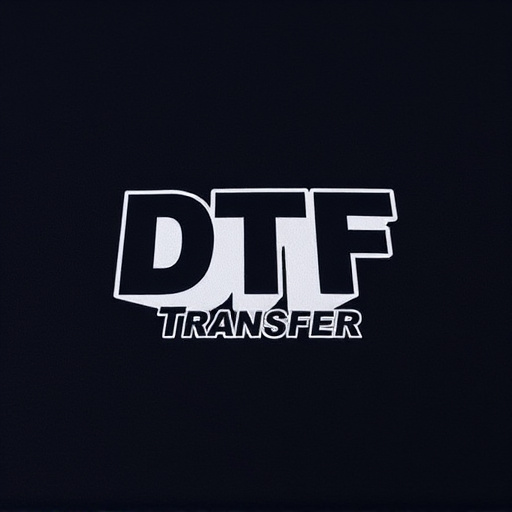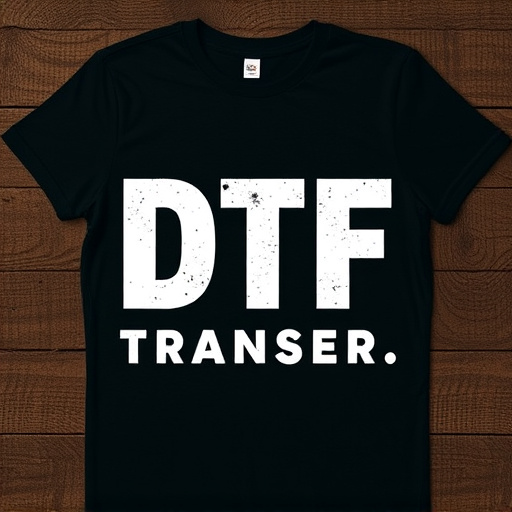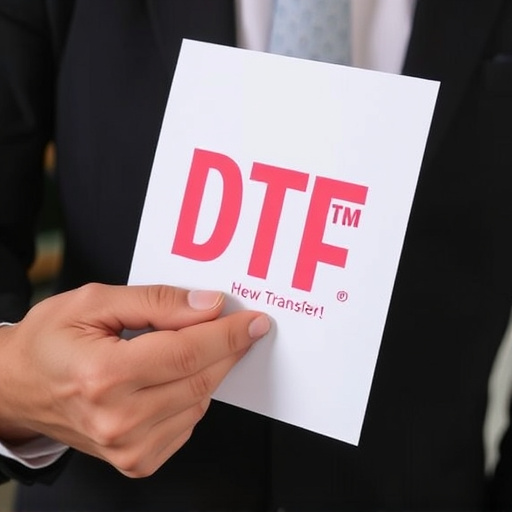Direct-to-film (DTF) technology disrupts custom clothing printing with its efficiency, quality, and versatility. It uses digital printers to directly transfer intricate, vibrant prints onto fabric, eliminating traditional screen printing methods. DTF's advantages include rapid turnaround times, reduced costs, and durable washes. Ideal for on-demand production, small batches, limited editions, and catering to individual preferences, DTF is a game-changer in fashion design, offering high color accuracy, minimal waste, and eco-friendly solutions while accommodating diverse fabric types and aesthetic visions.
Direct-to-film (DTF) transfer technology is revolutionizing custom clothing design. This innovative process allows for intricate, vibrant prints directly onto fabric without the need for traditional screening or plating. From T-shirts to hoodies and even accessories, DTF offers endless creative possibilities.
In this article, we explore the benefits of DTF for custom apparel, delve into suitable clothing items for printing, and provide best practices for successful implementation. Discover how DTF transfer technology can elevate your designs.
- Understanding Direct-to-Film (DTF) Transfer Technology
- Advantages of DTF for Custom Clothing Design
- Suitable Clothing Items for DTF Printing
- The Creative Possibilities with DTF Prints
- Choosing the Right DTF Transfer for Your Project
- Best Practices for Implementing DTF Designs
Understanding Direct-to-Film (DTF) Transfer Technology

Direct-to-film (DTF) transfer technology has revolutionized the way custom prints are applied to clothing items. This innovative process eliminates the need for traditional screen printing or complex set-up, making it an ideal solution for on-demand and small batch production. DTF involves using a special ink that is directly transferred onto the fabric through a digital printer, allowing for high-quality, vibrant prints with exceptional detail.
DTF transfer technology offers numerous benefits for designers and businesses. It enables quick turnaround times, as designs can be easily adapted and printed without the need for separate screens or set-up costs. This efficiency makes DTF particularly suitable for creating unique, limited-edition pieces or catering to individual customer preferences. Additionally, DTF prints are known for their durability, ensuring that the colors and designs remain vibrant even after multiple washes, providing a long-lasting finish on clothing items.
Advantages of DTF for Custom Clothing Design

Direct-to-film (DTF) designs offer numerous advantages for custom clothing creation, making it a preferred method among fashion designers and businesses catering to unique style preferences. One of its key benefits is the ability to produce intricate, high-quality prints directly on fabric with exceptional color accuracy and detail retention. DTF transfers allow for seamless integration of artistic visions onto various garments, from t-shirts and hoodies to more complex pieces like dresses and jackets.
Additionally, DTF printing is highly versatile, accommodating a wide range of fabrics and clothing items. It’s an efficient process that reduces production time compared to traditional methods, enabling faster turnaround for custom orders. This technology also minimizes waste as it precisely applies ink, eliminating excessive material usage. As a result, DTF prints are not only cost-effective but also environmentally friendly, making them an attractive option for sustainable fashion practices.
Suitable Clothing Items for DTF Printing
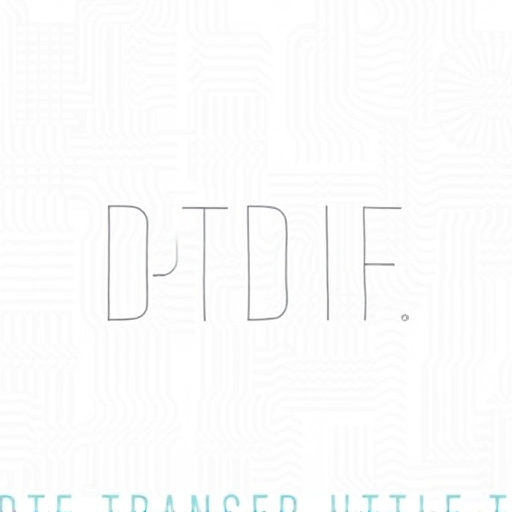
Direct-to-film (DTF) printing offers a versatile and cost-effective solution for adding custom designs to various clothing items. When it comes to suitable garments, the options are vast. T-shirts, hoodies, and sweatshirts are popular choices due to their high demand in the fashion and casual wear markets. The smooth surface of these fabrics allows for crisp, detailed DTF prints, making them ideal for showcasing intricate designs and bold graphics.
For a more structured look, items like button-down shirts and dresses can also be excellent mediums for DTF transfers. These garments provide an opportunity to combine fashion with functionality, as custom prints can enhance the overall aesthetic while still maintaining a professional or casual appeal, depending on the design and target audience. Additionally, accessories such as backpacks, hats, and tote bags are perfect for smaller, more focused DTF prints, allowing for unique personalisation without overwhelming the item’s overall style.
The Creative Possibilities with DTF Prints

Direct-to-film (DTF) printing offers a plethora of creative possibilities for designers looking to bring their visions to life on various clothing items. With this innovative technique, artists can create intricate and vibrant designs with stunning detail and accuracy, making it suitable for everything from simple t-shirts to complex hoodies and jackets. DTF Transfer allows for the application of high-resolution graphics directly onto fabrics, enabling the reproduction of fine lines, bold colors, and even photographic images with remarkable clarity.
The versatility of DTF Printing is further enhanced by its ability to cater to diverse clothing styles and personal tastes. Whether it’s a minimalist design with clean lines or an eye-catching, detailed illustration, DTF Prints can accommodate various aesthetic preferences. This technology empowers designers to experiment with unique patterns, playful typography, and abstract motifs, offering endless options for customization. By leveraging the potential of DTF Transfer, clothing manufacturers can create exclusive, limited-edition pieces that resonate with fashion-forward consumers seeking distinctive and personalized attire.
Choosing the Right DTF Transfer for Your Project
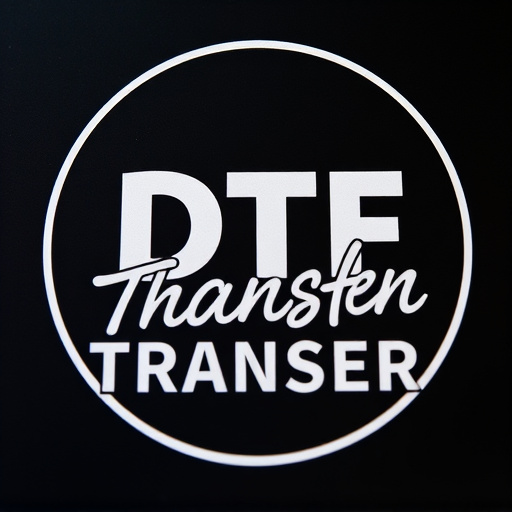
When selecting a DTF Transfer for your clothing design project, consider the fabric type and color. Different fabrics—cotton, polyester, or blends—may require specific transfer types for optimal adhesion and durability. Light-colored fabrics typically work best with DTF Printing, offering vibrant, long-lasting prints. For darker garments, special DTF Transfers designed to bond strongly with pigmented fabrics are ideal.
Additionally, project scope and desired print complexity should guide your choice. Simple designs with fewer details might suffice for smaller runs, while more intricate patterns may demand advanced DTF Transfers capable of reproducing fine lines and subtle shades accurately. Researching and understanding the capabilities of various DTF Transfer options ensures you achieve the best results for your specific clothing item and design vision.
Best Practices for Implementing DTF Designs
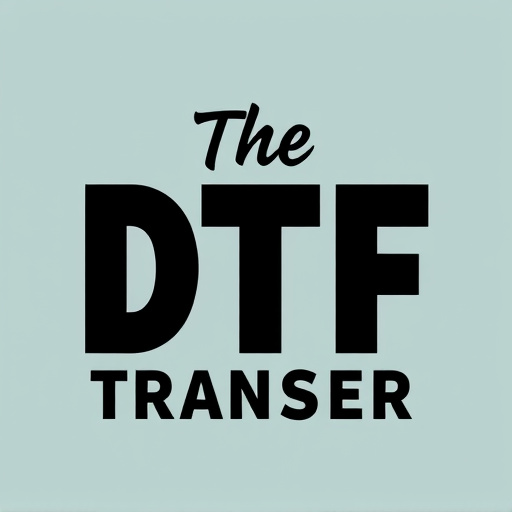
When implementing Direct-to-Film (DTF) designs for clothing items, several best practices should be followed to ensure high-quality results and customer satisfaction. Firstly, prepare your design files correctly; use vector graphics (.ai or .eps) with a minimum resolution of 300 DPI to guarantee crisp details when transferred to the fabric. Secondly, ensure color accuracy by using CMYK color mode for printing, aligning with DTF transfer capabilities.
Additionally, it’s crucial to consider the garment’s material and finish as DTF transfers may vary based on these factors. For instance, dark fabrics require a reverse print (white or light-colored design) to achieve optimal contrast, while lighter materials demand precise color reproduction to prevent excessive fading. Lastly, test prints on similar garments before placing bulk orders to account for any unexpected issues, ensuring you meet expectations for both aesthetics and durability with your final DTF prints.




